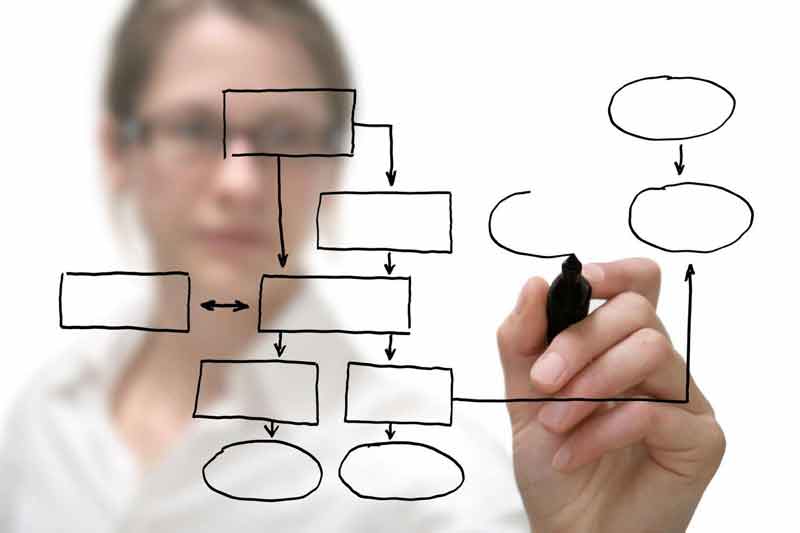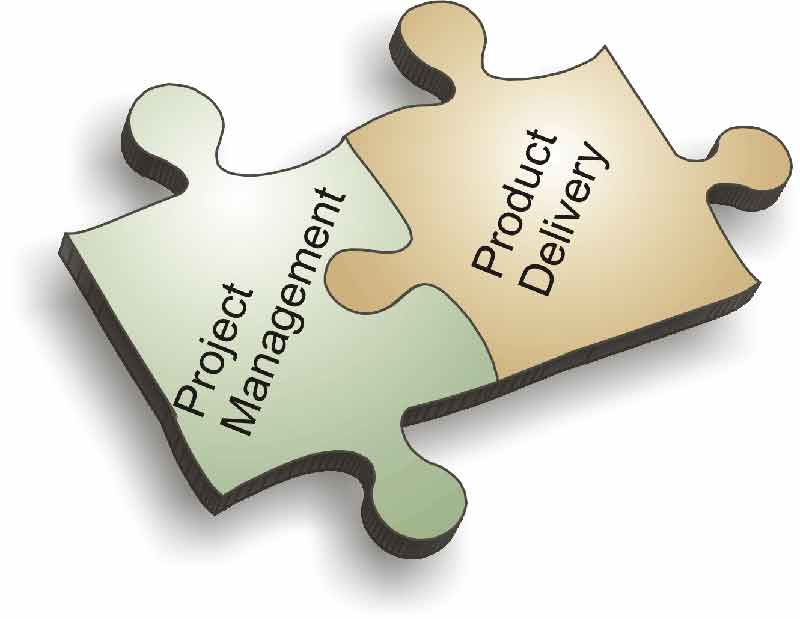1. Management is goal oriented process:
Management always aims at achieving the organisational objectives.
The functions and activities of manager lead to the achievement of organisational objectives; for example, if the objective of a company is to sell 1000 computers then manager will plan the course of action, motivate all the employees and organise all the resources keeping in mind the main target of selling 1000 computers.
2. Management is Pervasive:
Management is a universal phenomenon. The use of management is not restricted to business firms only it is applicable in profit-making, non-profit-making, business or non-business organisations; even a hospital, school, club and house has to be managed properly. Concept of management is used in the whole world whether it is USA, UK or India.
3. Management is Multidimensional:
Management does not mean one single activity but it includes three main activities:
i. Management of work
ii. Management of people
iii. Management of operations
(a) Management of work:
All organisations are set up to perform some task or goal. Management activities aim at achieving goals or tasks to be accomplished. The task or work depends upon the nature of Business for example, work to be accomplished in a school is providing education, in hospital is to treat patient, in industry to manufacture some product. Management makes sure that work is accomplished effectively and efficiently.
(b) Management of people:
People refer to Human resources and Human resources are the most important assets of an organisation. An organisation can win over competitor with efficient employees only because two organisations can have same physical, technological and financial resources but not human resources. Management has to get task accomplished through people only.
Managing people has two dimensions:
(i) Taking care of employee’s individual needs
(ii) Taking care of group of people
(c) Management of operations:
Operations refer to activities of production cycle such as buying inputs, converting them into semi-finished goods, finished goods.
Management of operations concentrates on mixing management of work with management of people, i.e., deciding what work has to be done, how it has to be done and who will do it.
4. Management is a continuous process:
Management is a continuous or never ending function. All the functions of management are performed continuously, for example planning, organising, staffing, directing and controlling are performed by all the managers all the time. Sometimes, they are doing planning, then staffing or organising etc. Managers perform ongoing series of functions continuously in the organisation.

Image Courtesy : precisionsoftware.com/wp-content/uploads/2013/06/career-transportation-management.jpg
5. Management is a group activity:
Management always refers to a group of people involved in managerial activities. The management functions cannot be performed in isolation. Each individual performs his/her role at his/her status and department, and then only management function can be executed.
Even the result of management affects every individual and every department of the organisation so it always refers to a group effort and not the individual effort of one person.
6. Management is a dynamic function:
Management has to make changes in goal, objectives and other activities according to changes taking place in the environment. The external environment such as social, economical, technical and political environment has great influence over the management.
As changes take place in these environments, same are implemented in organisation to survive in the competitive world.
7. Intangible:
Management function cannot be physically seen but its presence can be felt. The presence of management can be felt by seeing the orderliness and coordination in the working environment. It is easier to feel the presence of mismanagement as it leads to chaos and confusion in the organisation.
For example, if the inventory of finished products is increasing day by day it clearly indicates mismanagement of marketing and sales.
8. Composite process:
Management consists of series of functions which must be performed in a proper sequence. These functions are not independent of each other.
They are inter-dependent on each other. As the main functions of management are planning, organising, staffing, directing and controlling; organising cannot be done without doing planning, similarly, directing function cannot be executed without staffing and planning and it is difficult to control the activities of employees without knowing the plan. All the functions inter-dependent on each other that is why management is considered as a composite process of all these functions.
9. Balancing effectiveness and efficiency:
Effectiveness means achieving targets and objectives on time. Efficiency refers to optimum or best utilisation of resources. Managements always try to balance both and get the work done successfully. Only effectiveness and only efficiency is not enough for an organisation: a balance must be created in both.
For example, if the target of an employee is to produce 100 units in one month time and achieving the target by wasting resources and mishandling the machinery, will not be in the interest of organisation. On the other hand, if the employee spends lot of time in handling the machine carefully and managing the resources carefully and fails to complete the target on time, it will also not be in the interest of organisation. Manager sees to it that this target is achieved on time-and with optimum use of resources.








No comments:
Post a Comment